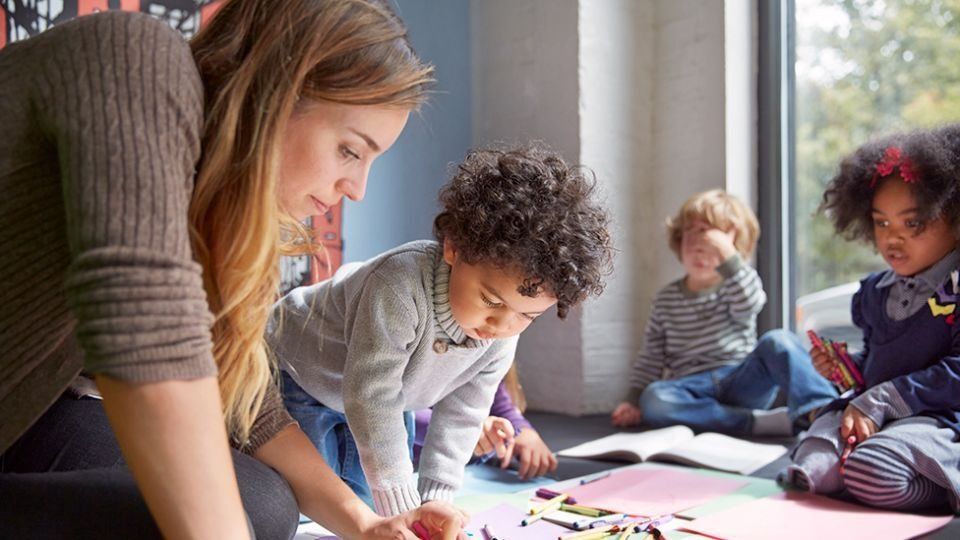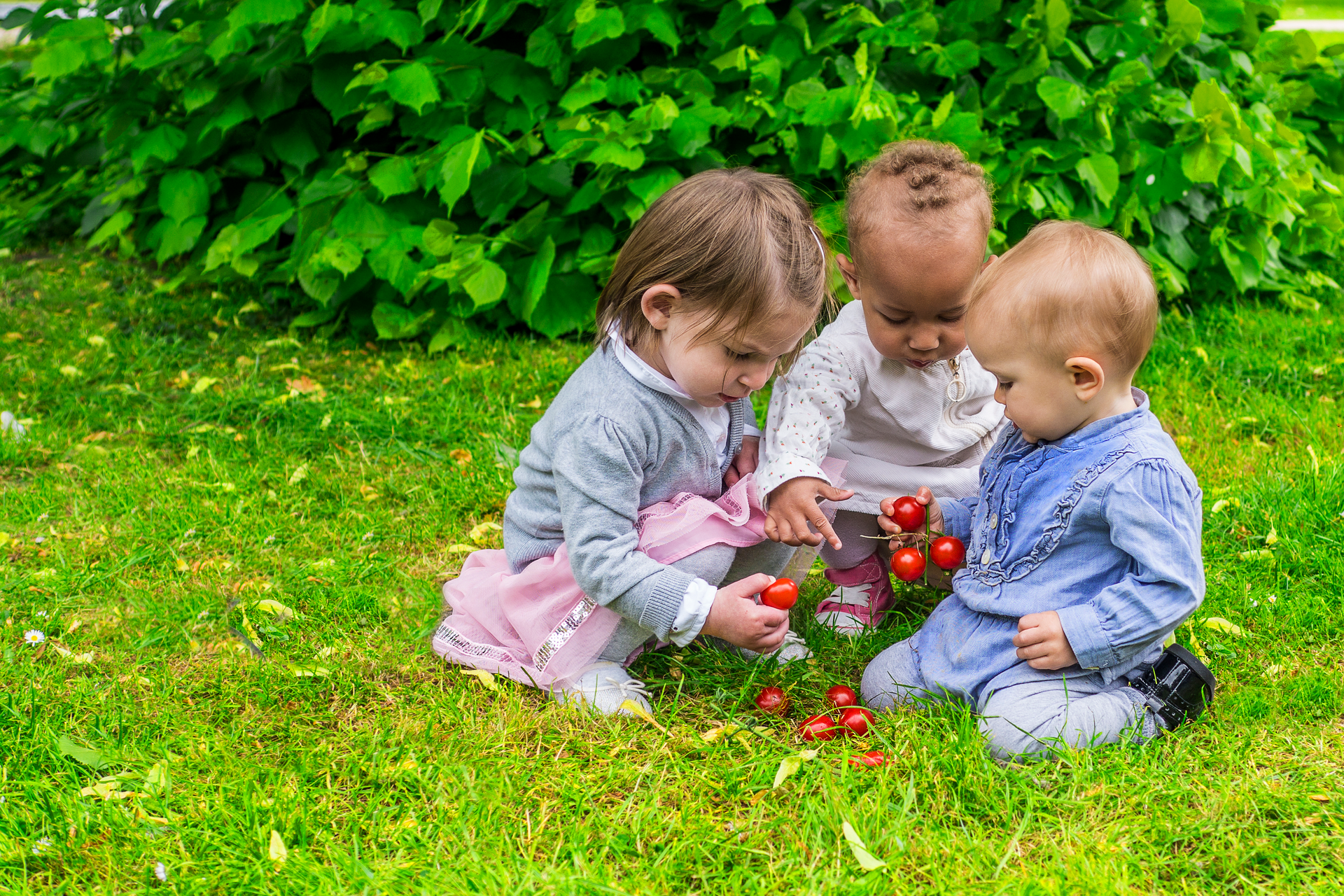April 23, 2025
Finding the perfect preschool for your little one is an exciting journey. You want a place where they will fell happy, safe, and inspired to learn each day.. With so many options available on Hunter Street. How do you choose the best preschool that feels just right for your child’s early years? At a great preschool like Creative Childcare, children build confidence, friendships, and a love for learning that lasts a lifetime. And as parents, you’re part of that journey too! The right preschool works hand-in-hand with families to support each child’s growth. From teaching philosophies to location and safety, every detail matters. Creative Childcare’s guide will help you navigate the essential factors when choosing a preschool in Hunter Street, making sure your child feels happy, safe, and supported in their early learning journey. Understanding Your Family's Priorities Every child is unique, and the right preschool should align with your family’s educational values. Start by considering the preschool’s teaching philosophy—do you prefer a play-based approach that encourages creativity, or a structured learning environment that prepares children for formal schooling? Cultural and religious values may also play a role in your decision. Some families prefer a preschool that integrates their traditions, while others look for diversity and inclusivity in the curriculum. Additionally, if language development is a priority, a bilingual program or a centre that embraces multiculturalism can offer long-term benefits. Choosing a preschool that aligns with your values ensures your child grows in an environment that feels familiar and supportive. Researching Preschools on Hunter Street Once you know your priorities, it's time to research the best options surrounding Hunter Street. Location and accessibility are crucial—consider how easy it is to drop off and pick up your child while balancing work and daily commitments. A conveniently located preschool can make your routine smoother. Check the operating hours to ensure they align with your schedule. Some preschools offer extended care for working parents. Reviews and recommendations from other parents can also provide valuable insights. Reading testimonials, checking social media pages, and speaking to families with children already enrolled can give you a clearer picture of a preschool’s reputation. A well-reviewed preschool with a strong community presence is often a reliable choice. A Safe and Stimulating Space for Your Child A child’s surroundings play a vital role in their development. When visiting a preschool, observe the safety and cleanliness—does the centre have secure entry points, well-maintained play areas, and hygienic facilities? A safe environment ensures peace of mind for parents and allows children to explore with confidence. Look at the indoor and outdoor spaces. Are classrooms inviting, filled with natural light, and stocked with engaging materials? Does the preschool have outdoor play areas that encourage physical activity and social interaction? Well-designed learning spaces should balance structured lessons with free play, allowing children to develop creativity, problem-solving skills, and independence. Assessing Educator Qualifications and Ratios The educators at a preschool shape your child’s early learning experience. Ensure that teachers have certified qualifications in early childhood education, as per Australian standards. Beyond credentials, great educators are warm, patient, and passionate about helping young minds flourish. Staff-to-child ratios are another key factor. Smaller class sizes allow for more personalised attention, helping children feel heard and supported. Ask about professional development—do educators receive ongoing training? A preschool that invests in its staff ensures children receive the highest quality education and care. Exploring Curriculum and Programs A strong curriculum sets the foundation for lifelong learning. Many Australian preschools follow the Early Years Learning Framework (EYLF), which supports children’s development through play-based experiences. A curriculum that balances literacy, numeracy, and emotional development ensures children gain essential skills for school readiness. Beyond academics, look for extracurricular activities. Music, art, storytelling, and movement programs enhance creativity and social skills. Some preschools also offer programs that help children transition smoothly into primary school, fostering confidence in the next stage of their education. A well-rounded preschool experience should be both educational and fun! Guiding Your Child’s Growth with Care and Support Clear policies create a positive and structured environment for children. Behaviour management is one of the most important aspect, how does the preschool guide children’s social and emotional development? Look for a centre that uses positive reinforcement and conflict-resolution strategies instead of strict discipline. Health and nutrition are also essential. Does the preschool provide nutritious meals, or do parents need to pack lunches? If your child has allergies or dietary restrictions, ensure the preschool can accommodate their needs. Regular communication with families is crucial, too. A great preschool will keep parents informed about their child’s progress through newsletters, meetings, and daily updates. Considering Cost and Financial Support We know cost is an important factor when choosing a preschool. That’s why we are here to help you understand your options. Some preschools may have extra costs for excursions or special programs, so it’s always good to ask about the full picture upfront. Families may also be eligible for the Child Care Subsidy (CCS) , which can significantly reduce costs. Check if the preschool is CCS-approved and inquire about financial assistance options. Investing in quality early education is valuable, but finding a preschool that offers affordability without compromising on quality is key. Visiting and Engaging with Potential Preschools Before making a final decision, schedule visits to shortlisted preschools. Seeing the centre in action allows you to observe the learning environment, meet the educators, and ask questions. Pay attention to how children interact with teachers and whether the atmosphere feels warm and welcoming. Many preschools offer trial sessions or orientation programs where your child can experience the environment before enrolment. Attending community events and open days also provides insight into the preschool’s culture. A strong sense of community and parent involvement often indicates a preschool that values family partnerships. Why Creative Childcare is the Right Choice on Hunter Street While many preschools in Hunter Street offer great learning experiences, Creative Childcare stands out for its commitment to nurturing, supporting, and inspiring young learners . Warm and Welcoming Atmosphere: Families feel a true sense of belonging from the moment they enter. Qualified and Passionate Educators: Teachers focus on personalised learning and child-led development. Play-Based and Structured Learning: A balance of creativity and school readiness ensures children thrive. Safe and Engaging Facilities: Thoughtfully designed spaces encourage exploration and growth. Strong Parent Partnerships: Open communication and family involvement are at the heart of the centre’s philosophy. If you're looking for a Hunter Street preschool that truly aligns with your family's needs, Creative Childcare provides a warm, inclusive, and enriching early learning environment. Here, children are encouraged to play, learn, laugh and grow while building a bright future. If you'd like to learn more about Creative Childcares services you can contact us by calling 1300 002 929 , by email or by filling out our online form .








